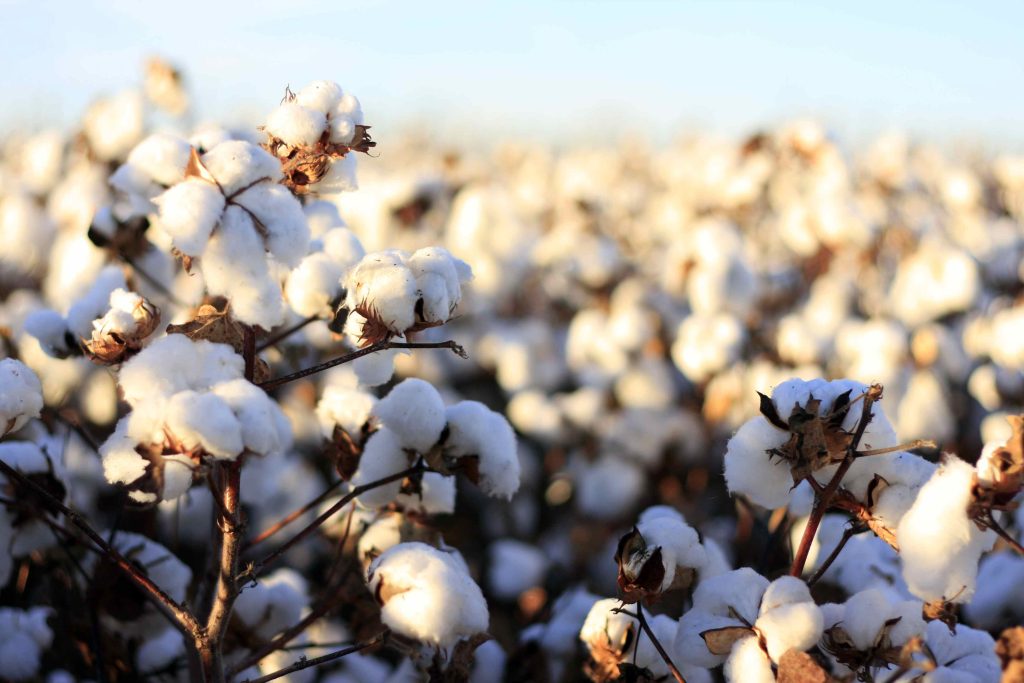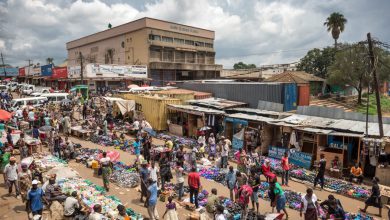Council moves to ramp up cotton production
Malawi Confederation of Chambers of Commerce and Industry (MCCCI) says this year’s agriculture fair will focus on innovative ways of enhancing agriculture production.
MCCCI director of membership development Wezi Mungoni said this yesterday when giving an update of this year’s 20th National Agriculture Fair scheduled for August 29 to 31 at Chichiri Trade Fair grounds in Blantyre.

She said this year’s fair is production-oriented, adding that there is need to promote production by linking agriculture with relevant sectors such as manufacturing.
Chamber for Small and Medium Businesses Association executive secretary James Chiutsi, in an interview yesterday, encouraged small and medium enterprises in the agriculture sector to utilise the fair to search for markets for their produce.
Chiutsi said the fair will provide a platform for strengthening and promoting links between businesses and financial services. n
Cotton Council of Malawi, the country’s cotton regulatory authority, has unveiled plans to ramp up the crop’s output by 400 percent to 50 000 metric tonnes (MT) in the next growing season.
The council is banking on seed multiplication, market restructuring and production partnership as some of the strategies that could help boost output.
The council’s optimism comes at a time the five-year Malawi Cotton Development Strategy, which aspired to increase output to 200 000MT and productivity to 2 000 kilogrammes per hectare by 2024, has failed to achieve its objectives, with output hovering around 10 000MT for the past three years.
But the council’s spokesperson Prisca Jamali said in an interview on Monday that there is growing optimism of increasing output,citing a successful seed multiplication project that ensures access to seed coupled with some reforms in the sector.
She said: “In recent years, production of cotton has been decreasing due to limited access and affordability of high-quality inputs, especially seed.
“This has been a major challenge in trying to maintain high and consistent levels of cotton production.”
Jamali said imported hybrid seed costs as much as K62 000 per kg, which she said is not sustainable.
“In the 2023/24 season, over 300MT of cotton seed was produced locally by Masapa Cotton ginners.
“This has significantly reduced the need for importing cotton seed,” she said.
Meanwhile, the council has said a number of reforms are being implemented in the cotton industry to secure investments, including market restructuring, which has increased demand for seed for open pollinated cotton varieties to 500MT and gives assurances of achieving the 2025 production targets.
Last month, the council signed a memorandum of understanding with the Malawi Prisons Service to enable some of the country’s prisons to grow cotton in their farms while embarking on further seed multiplication projects.
The programme, which involves production of seed for open pollinated cotton varieties, is expected to attract farmers who had withdrawn from cotton production due to seed scarcity and affordability and regain lost hectares for cotton, according to the council.
In a separate interview, agriculture extension service expert Leonard Chimwaza said revitalising the cotton sector through production alliances is the best model possible.
He said: “The country has 350 000 metric tonnes ginning capacity, which is not being utilised because of low supply.
“ I think making use of the prisons land is important to increase production of thecrop and probably revive its export market.”
Chimwaza said foreign exchange challenges have proven to be a barrier to hybrid cotton seed, which is imported from India, as such, there is need to use locally multiplied seed.
Agriculture development policy expert Taman Nkhono Mvula said in an interview that efforts to improve cotton productivity are welcome, considering the vast potential the sector has in line with the country’s export trade.
“One of the factors behind cotton sector downscaling has been the reduction of hectares that used to grow cotton.
“So, any significant option to increase the production land is welcome because cotton still has vast potential to supplement tobacco as main foreign exchange earner,” he said.
In the past, around 300 000 farmers used to grow the crop and roughly 125 000 hactares (ha) used to be put under cotton production, but the numbers drastically decreased to around 30 000 farmers and 25 000ha.
Cotton is one of the lucrative crops along its value chain and has potential to supplement tobacco as the main foreign exchange earner.





